Share this
For industrial technology manufacturers, it isn’t just about making physical products anymore; with changes in end-customer requirements, the legal and regulatory environment, the nature of competition (i.e., low cost players from Asia), production economics, and supply chains, we see a fundamental shift in the requirements for manufacturing companies to stay relevant. In most of the industrial manufacturing segments we’ve worked in, business as usual means assured obsolescence as low-cost new entrants that were previously an afterthought catch up in quality and legacy players innovate in an attempt to maintain differentiation and justify their price premium. While the headwinds are significant, there are three trends we see as transformative in the years ahead.
We see a fundamental shift in the requirements for manufacturing companies to stay relevant.
Number One: Industrial technology will become increasingly “smart”
...as we see an increased shift from so-called “dumb” products to software and digital-enabled ones. Underpinning this is an increased end-customer requirement for monitoring, measurement, control and prediction / self-management. Digital interconnectivity, facilitated by IoT, is finally slated to become a powerful force in industrial technology as companies go from “dabbling” with the potential of such plays to having to establish strong, focused positions before their value chains close in around them. With over 10 billion connected devices across the globe already, we see that number expanding dramatically as our industrial and business infrastructure begins to catch up with the explosion of connected devices we already see across our personal ones.
Number Two: Aftermarket service and parts capabilities will continue to emerge
..as an expectation rather than simply as an differentiator. We’ve seen dramatic movement here over the past several years as legacy players in western markets have sought to tap into annuity revenue streams, access higher margin profit pools and fend off low cost competitors nipping at their heels. And with increasing product and solution complexity on the horizon (e.g., due to the first trend outlined above), the need for pre- and post-sales support will be substantial. For the most progressive companies, ones who choose to compete heavily at a solution level, post-sales integration and consulting services will represent a promising but difficult leap as industrial manufacturers learn to compete in “time and materials” markets and deal with labor utilization. Success will require a very different mindset than what they are used to in their product markets.
Number Three: User generated content and social media will reshape customer decision processes
...and wrest control away from brand-owners. This has already happened extensively within consumer markets and, as industrial technology buyers drive from their homes to their offices, they expect the same crowdsourcing amongst peers and two-way communication with brand owners that they’ve come to expect in their personal lives. Across our work, we’re seeing heightened levels of industrial technology buyers using social media to share, praise, criticize, review, and advise. Piggybacking off of this are emerging platforms that facilitate such discussions. Buyers are quickly able to cut past the marketing spin and understand how their industrial technology vendors and those players' solutions work in the real world. And both good and positive experiences now have ramifications far beyond one particular end-customer’s factory, job-site or facility. The best-in-class will learn to use social media to their advantage by proactively engaging with their end-customers through those platforms rather than simply treating them as a threat.
While these trends could prove to be challenging for the industrial manufacturing segment because they go so sharply against decades of well-established ways of doing business, they also provide substantial opportunities for those who are willing to change with the times.
What are some things that you and your business are doing to stay ahead of the curve – not just to survive but to achieve leadership? If you find yourself trying to gauge how these trends will impact your competitive position or the specific moves necessary to adapt.
Contact us to learn more.



